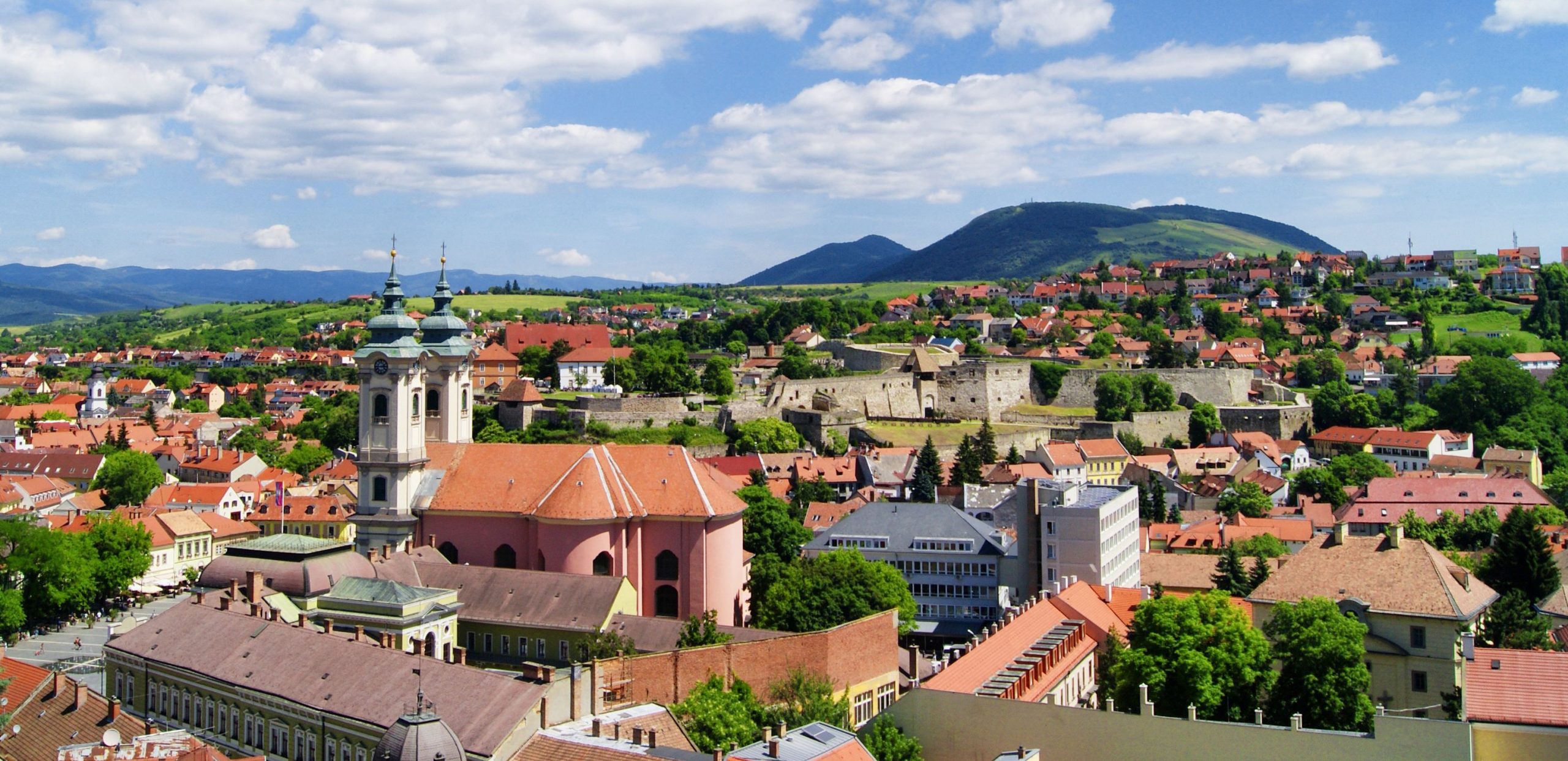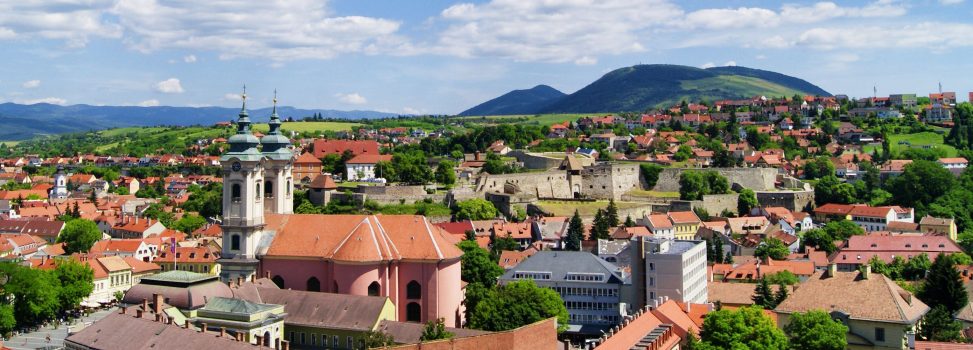The Castle of Eger
A short story of a long history
The Castle of Eger gained its historical importance and became famous in 1552, when Captain István Dobó together with a small number of Hungarian defenders repelled the siege of the giant Turkish army. Nowadays the Castle is one of the main attractions of Eger, offering several exhibitions and programs for the interested visitors (virtual tour). But what do we know about the past of the walls we can see today? Here is their history in a nutshell.
In the 11th century, the first king of Hungary, Saint István established the first ten bishoprics of the country and made Eger a seat of one. A cathedral was built on the hill of the present castle, and the town was located around it. Although the cathedral has been ruined, we can see its remainings in the castle.
The castle was probably built in the second half of the 13th century, after the Mongolo-Tartarian attacks, which destroyed the former Felsőtárkány fortress of the bishop. The Castle of Eger used to be a so-called knight castle with high but thin walls. Therefore, with the appearance of artillery weapons, it became obsolete. As a solution, in the 16th century, they started to modernise it according to the plans of Alessandro Vedani.
In 1548, great strategist István Dobó was assigned captain. Preparing for a possible Turkish attack, he continued to strengthen the castle and enlarged the number of military equipment.
The siege of the Turks began in September 1552. The Ottoman Army of Suleiman the Magnificent seemed to be unstoppable before. It was divided in three parts, arriving from three different directions, each taking the attacked castles one after the other. These three parts of the army united at Eger, altogether counting about 60 000 soldiers. On the other hand, the number of Hungarian defenders was only 2000. (We can even read their names in the museum of the castle.) Therefore, it is almost unbelievable that they could last for 38 days, and finally, repulse the Turkish enemy, who by that time was suffering from diseases and the cold autumn weather. According to a legend, there were rumours in the Turkish Army about Hungarians drinking the blood of bulls which gave them superhuman power. This was in fact, the famous red wine of Eger, called bikavér (bull’s blood). The women of Eger played an important role in the defence, as they were also fighting heroically. The excellent painter Bertalan Székely commemorated them with his work entitled Egri nők (Women of Eger).
Repelling the siege of the thirty times larger army is considered as one of the most important victories in Hungary. Its significance was that the Ottoman Army and its campaign was stopped at Eger and could not reach the almost unfortified northern regions and their valuable mines.
Already a few months after the triumph, poet Sebestyén Lantos Tinódi wrote a detailed song (450 stanzas!) about the siege. Thanks to him, the persistence of the warriors of Eger seminated all over Europe.
Cover photo: Eszterházy Károly University; photo: Shutterstock



